Affiliate disclosure: This post may contain affiliate links. Please see our Privacy Policy.
Herbal salves can be made from a wide variety of medicinal herbs, many of which are considered common weeds. This roundup contains over 20 of my favorite recipes for herbal salves that soothe ailments as wide ranging as dry skin, eczema, bug bites, sunburn, sore muscles, and bruising. Whether you forage for these herbs in the wild, harvest them from your garden, or order them online, you’ll love how easy it to make your own herbal salves at home!
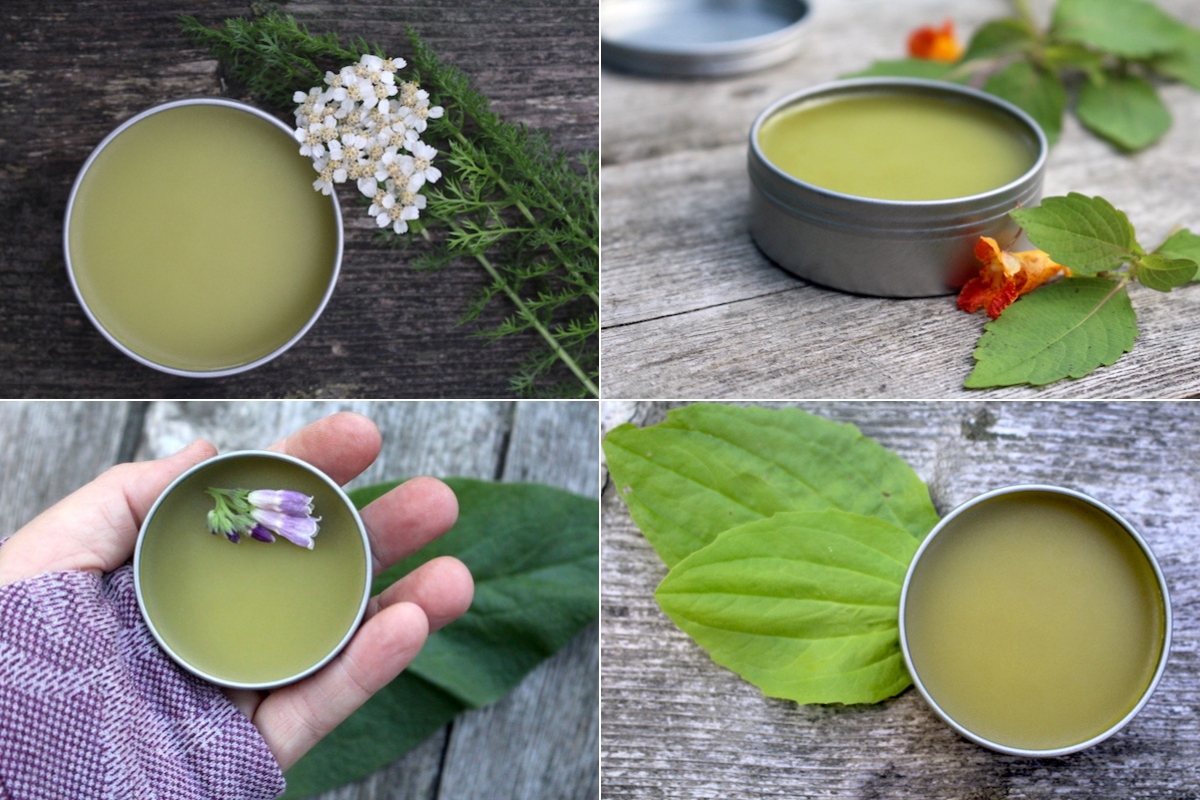
Table of Contents
- How to Make a Herbal Salve
- Herbal Salve Recipes
- Arnica Salve
- Basil Salve
- Calendula Salve
- Chamomile Salve
- Chickweed Salve
- Comfrey Salve
- Dandelion Salve
- Echinacea Salve (Purple Coneflower Salve)
- Elderflower Salve
- Jewelweed Salve
- Lavender Salve
- Lemon Balm Salve
- Mullein Salve
- Peppermint Salve
- Pine Salve
- Plantain Salve
- Purple Dead Nettle Salve
- Rose Petal Salve
- St. John’s Wort Salve
- Turmeric Salve
- Yarrow Salve
- Herbal Guides
- Herbal Medicine-Making Tutorials
Making herbal salves at home is something that even I’ll admit to finding daunting—it took me almost a full decade of making tinctures and infused oils before I made my first salve. After I had combined my ingredients and decanted them I couldn’t believe how easy the entire process was from start to finish.
Honestly, with the exception of infusing the oil with plant material (a process which is 99% hands free, the other 1% involves turning the jar upside down every day or two), the entire salve-making procedure took less than 15 minutes. The most complicated step involves slowly melting beeswax into the oil before it’s poured into tins—it never gets more difficult than that.
When I discovered how simple it was to make herbal salve I couldn’t stop making it. As someone who loves to grow and forage their own herbs, I had what felt like a million options when it came to choosing plant material for making my own healing salves. Many medicinal herbs are considered aggressive or even invasive weeds in the United States, which meant I was always able to find new and interesting plant material to work with.
The herbal salves in this collection of recipes can be used to soothe and treat all kinds of different external conditions. Included in this list are bee stings, mosquito bites, minor cuts and scrapes, bruising, diaper rash, poison ivy, poison oak, dry skin conditions, sore muscles, and chapped hands or lips (to name just a few).
Some salves, such as St. John’s wort-infused salve, are expectorants. This means that they can be rubbed into the chest area to help loosen phlegm and encourage coughing. Others, such as peppermint or lavender salve, can be rubbed into the temples or the inside of the wrists to relieve pain associated with headaches.
If for whatever reason you would prefer to purchase dried versions of any of the following herbs, I’ve included information about where they can be ordered online above each recipe. I’d also recommend using pre-dried herbs if you’re working in a small space, as you need ample room to spread out fresh plant material for drying purposes.
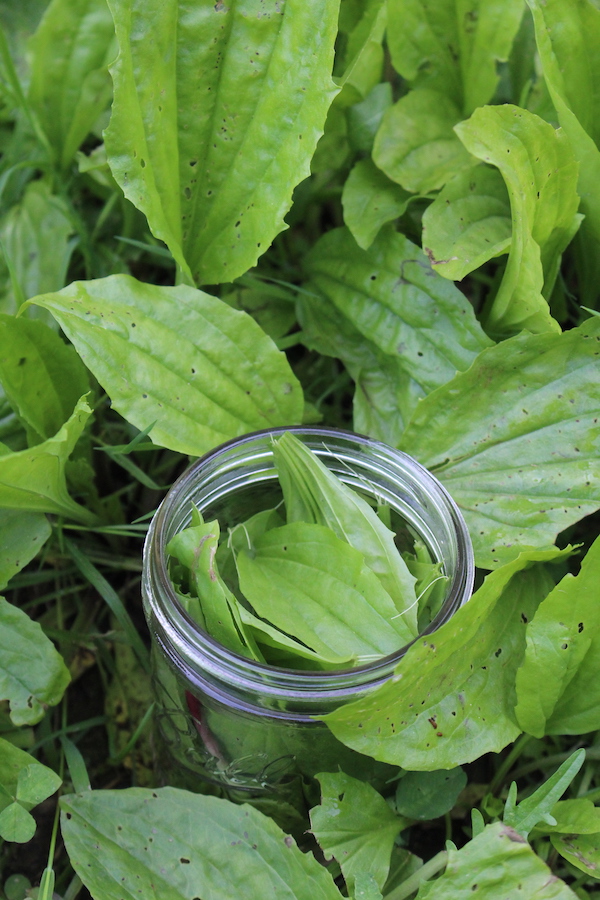
How to Make a Herbal Salve
Making an herbal salve is a surprisingly simple process, requiring only a couple of basic ingredients and no special equipment. While the actual measurements and ratios will vary according to the recipe you’re making, you’ll generally need the following ingredients for an herbal salve:
- Fresh or dried plant material
- Carrier oil*
- Beeswax
*The type of carrier oil you choose is largely based on personal preference and can include jojoba, olive, coconut, sweet almond, avocado, or grapeseed oil.
The first step is to infuse your choice of oil (or combination of oils) with whichever herb you are using. If you are using dried plant matter, simply cover the leaves, flowers, or roots with oil in a lidded jar and let steep for 3 to 6 weeks.
If you would like to use fresh leaves, flowers, or roots to infuse the oil the process is slightly more complicated due to the presence of water and the subsequent increased likelihood of spoilage. This guide to making herbal infused oils oil with herbs all kids of herbs, including fresh herbs, contains everything you need to know about doing this step safely at home.
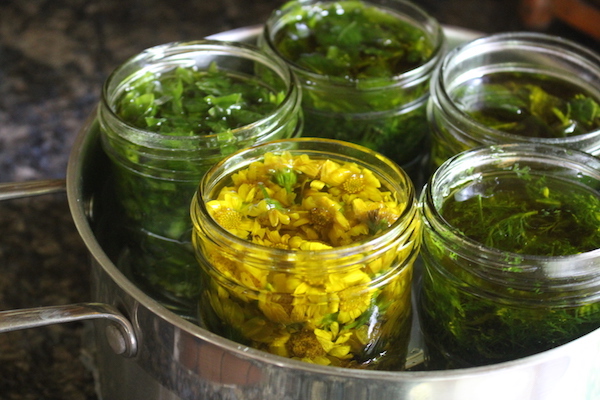
Whichever method you choose, once the oil is infused to your liking it needs to be passed through a fine mesh strainer to remove any plant material. If the plant material is quite small or even powdery, I like to line the sieve with cheesecloth first to prevent even the tiniest bit of plant particulates from clouding the finished salve.
Once the infused oil is ready to be used, it should be gently warmed in a double boiler (or a makeshift double boiler with a heat-proof bowl over a pot of simmering water. Try not to heat the oil above 145° F (63° C), the temperature at which beeswax melts, to prevent accidentally destroying the medicinal compounds found in the oil from the herbs.
Add the beeswax to the oil, stirring until it’s completely melted, and then remove the mixture from the heat. Pour the salve into little tins or mason jars and let cool before using.
For a detailed explanation and demonstration of how herbal salves are made, read my comprehensive guide to making herbal salves. You’ll find information about drying plant material, choosing a carrier oil, and the best beeswax options for making homemade salves.
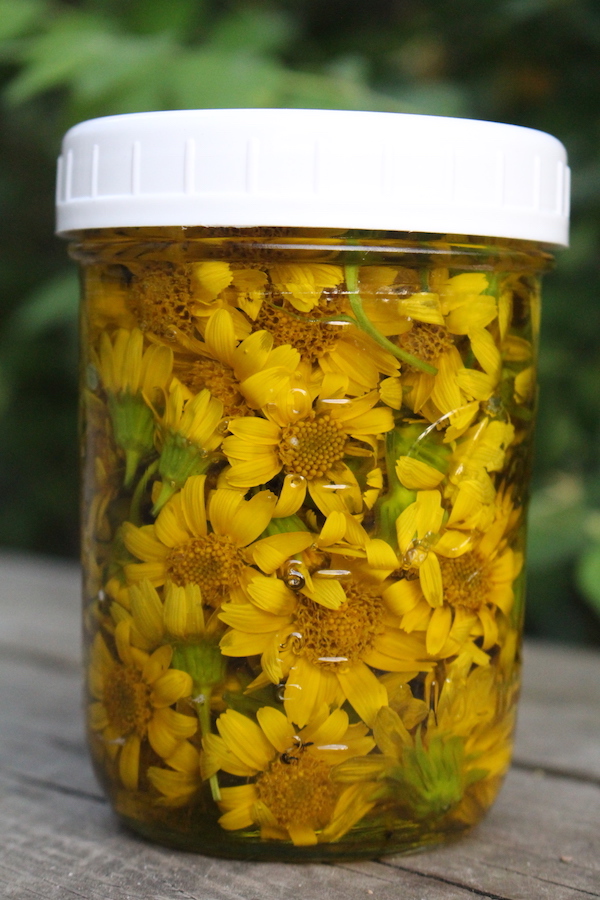
Herbal Salve Recipes
From arnica to yarrow, the salve recipes featured below make use of a wide range of readily available herbs (whether you choose to forage for wild plants, grow your own, or order pre-dried versions). Whenever possible and wherever needed, I have included links to quality seeds and dried herbs from businesses I trust.
The vast majority of the following herbal salve recipes below showcase a single herb that is then used to infuse a carrier oil in either fresh or dried form. Feel free to experiment with your own herbal concoctions or try adding essential oils to your infused oil to increase the aroma therapeutic properties of the salve.
Arnica Salve
Arnica is well-known and studied for the soothing relief it offers bruises, sprains, and aching muscles. Because of its versatility, arnica salve is practically a staple in our family herbal medicine cabinet. In addition to the salve recipe, the blog post includes steps for making your own arnica-infused massage oil (and one that I use in my own massage therapy practice).
Arnica is fairly easy to grow outdoors but it does multiply quickly and can end up taking over quite a bit of space in a rather short amount of time. We grow our own and infuse into arnica oil for salves, but it can be almost invasive in the garden. If growing your own arnica feels like too much of a commitment, you can also buy dried arnica flowers and leaves online.
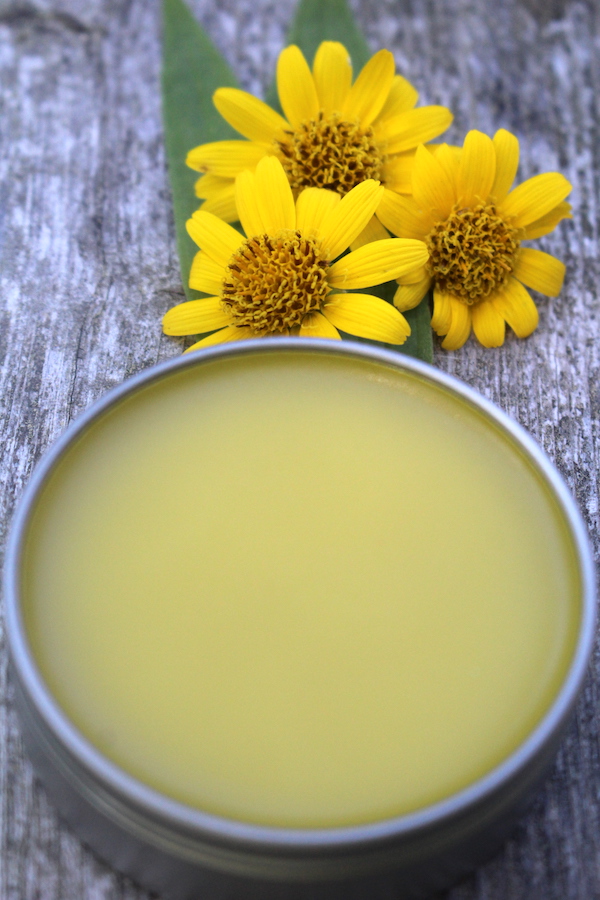
Basil Salve
The herbal, licorice notes of fresh basil are beautifully captured in this bright green salve. Basil salve can be massaged into sore muscles to soothe joint pain, muscle aches, leg cramps, and pain associated with arthritis and overwork.
To make this salve you’ll need to dry your own basil leaves or you can use good quality, commercially dried basil. For a stronger smelling salve, try using dried Thai basil leaves in place of regular basil leaves.
This recipe also includes instructions for a salve that is meant to help with headaches as well as a more all-purpose salve for aches and pains.
Calendula Salve
Calendula salve is one of my all-time favorite herbal remedies to share with friends and family. With its cheerful bright orange color and long list of healing benefits, calendula salve definitely packs a powerful punch into a small tin.
When applied externally, calendula can be used on bug bites, scrapes, dry skin, eczema, and minor burns. Calendula is also a popular ingredient in baby skincare products and this salve both soothes and protects against diaper rash.
If you don’t grow your own calendula or have access to fresh flowers, dried calendula blossoms work just as well (plus, you won’t have to dry out the calendula blossoms yourself). One thing to keep in mind if you’re giving this salve away as a gift is that calendula can potentially trigger an allergic reaction if it’s used by someone who has ragweed allergies.
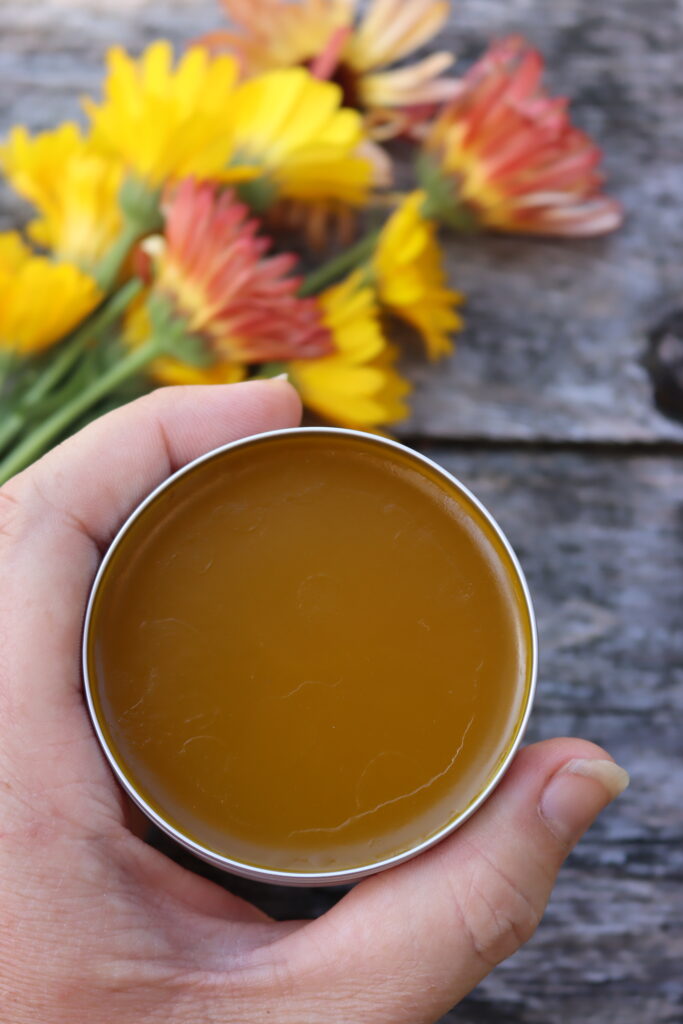
Chamomile Salve
While you may already enjoy sipping on chamomile tea for its gently sedating properties, you might be surprised to know that chamomile offers those same calming benefits when applied to the skin. Chamomile is a key ingredient in many anti-aging lotions and creams as it can help protect skin from free radical damage.
To make the chamomile salve in the recipe below, you’ll need a larger amount of coconut oil and a small amount of olive oil. This produces a supple, buttery salve that can be applied to the face or used as an extra moisturizing hand or foot balm.
Unless you’re fortunate to have a source for fresh chamomile, I find that good quality store-bought dried chamomile works well for making this salve recipe (or any other calling for chamomile).
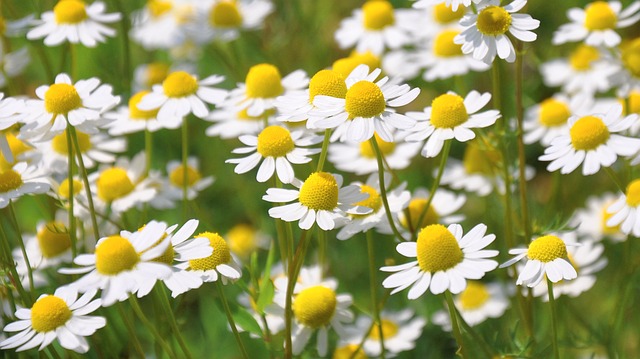
Chickweed Salve
Even if you’re unfamiliar with chickweed, there’s a good chance you already have this common weed growing nearby. To make this chickweed salve recipe, you’ll need about two large handfuls of freshly picked plant material. As with any foraging expedition, find out for certain whether or not the area has been sprayed with pesticides before picking any wild chickweed.
Chickweed salve is great for skin ailments, partially because chickweed contains compounds called saponins. Saponins are known for their ability to help cool and soothe the skin. Salve made with chickweed can also be applied on the skin to ease symptoms of eczema, rashes, dry skin, and bug bites.
Chickweed is plentiful and if you find a reliable source the chances are good that you’ll have lots to play around with. I recommend using it as a tasty addition to salads and sautés. It’s fresh, grassy flavor also makes it a delicious base for pesto, chimichurri, and other herb-based sauces.
For more details about foraging for chickweed, check out my guide to identifying, harvesting, and using this versatile plant. If you don’t have access to chickweed locally, you can order it pre-dried online.
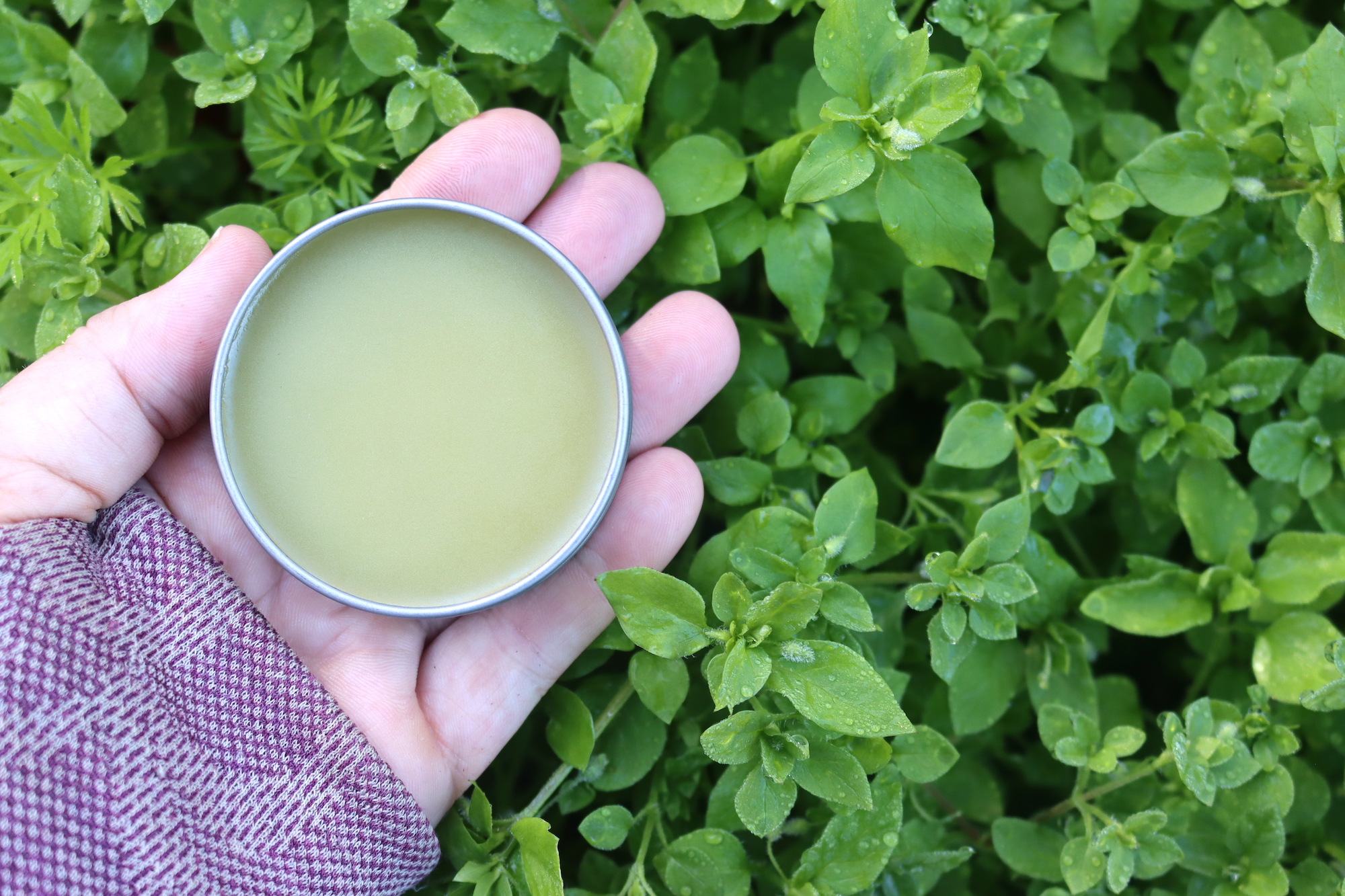
Comfrey Salve
A pretty shade of olive green, comfrey salve is made by steeping fresh or dried comfrey leaf or dried comfrey root in a moisturizing carrier oil. Comfrey is fairly easy to forage in many parts of the United States. It thrives in coniferous and mixed forests or you can grow your own if you don’t mind cutting it back several times over the course of a summer.
In terms of the benefits of comfrey, I use this salve whenever my back pain flares up because of the herb’s anti-inflammatory and analgesic properties. Comfrey contains a substance called allantoin which is thought to promote healing by stimulating cell growth, this makes it an effective option for wound healing and to cover small cuts and scrapes.
While comfrey offers many benefits when it’s applied externally, it should never be ingested as it has been found to cause liver damage.
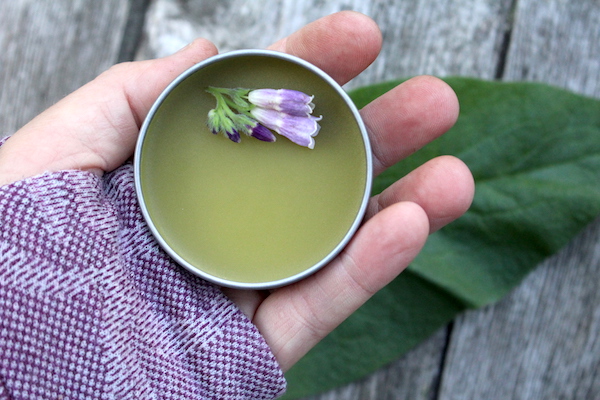
Dandelion Salve
Take advantage of that big patch of un-sprayed dandelions growing in your yard and try making this versatile little salve. For this recipe, you’ll need to dry out the blossoms in a sunny windowsill. Once the flowers are dry you can infuse the carrier oil of your choice with dandelion flowers, resulting in a beautiful golden yellow and ultra-hydrating salve.
Dandelion salve can be used as a lip balm and as an all-purpose moisturizer. For dry or chapped hands and feet, apply dandelion salve on the affected area and then cover the area with cotton gloves or socks. Leave for at least 30 minutes or better yet, overnight, for soft and supple skin.
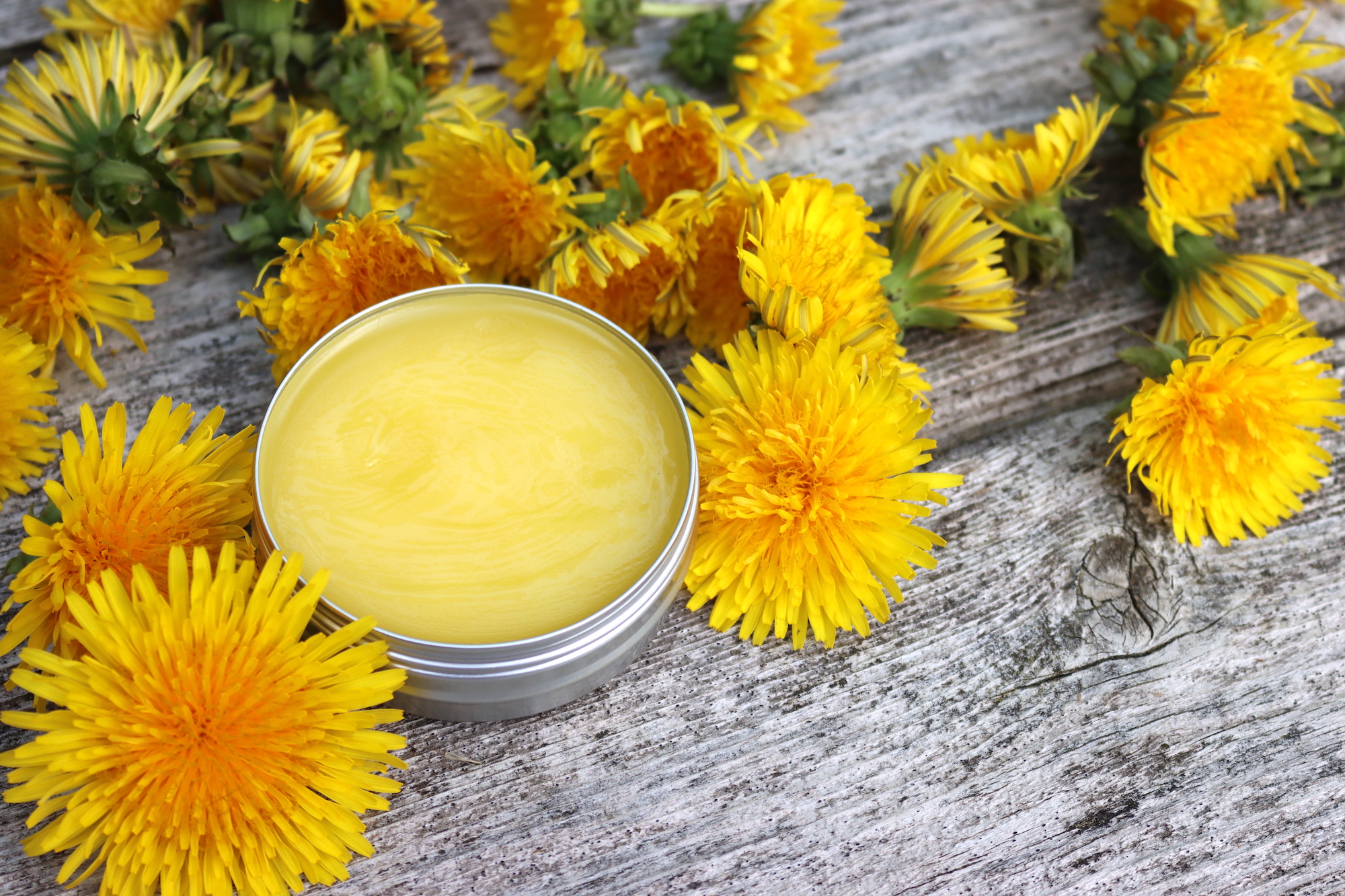
Echinacea Salve (Purple Coneflower Salve)
Echinacea, also commonly called purple coneflower, is an indispensable herbal remedy when cold and flu season rolls around, but did you know it can also be applied externally? Echinacea salve is a good addition to any outdoor first aid kit and can be used to treat wounds, venomous bites, itchy bug bites, chapped skin, and stings.
If you want to plant echinacea in your garden, you’ll need to wait until fall to sow your seeds. Echinacea seeds need a prolonged cold, moist period to germinate, and plants will begin to sprout shoots in the spring.
You can also order dried echinacea and use it to make this salve (and if you have leftovers, I highly recommend making echinacea tea).
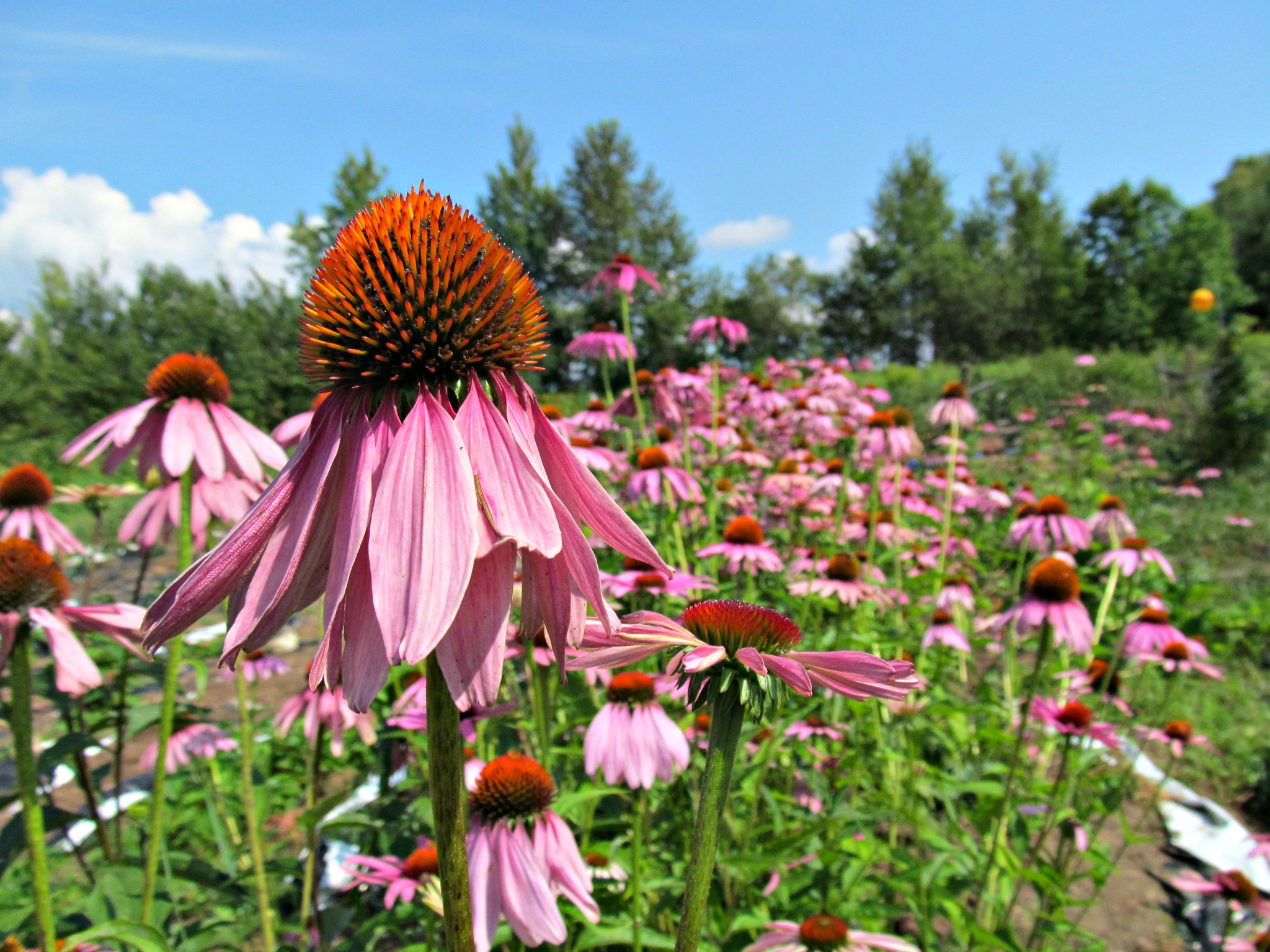
Elderflower Salve
Elderflower is already a staple ingredient in lotions, creams, and face washes (in addition to many other cosmetics), so it makes sense to add this soothing herb to a homemade salve recipe. Thanks to its high vitamin content, elderflower has the ability to firm the skin while improving overall complexion.
A permanent fixture in my herbal remedy toolkit, elderflower salve can also be used to soothe irritated skin, sunburns, bug bites, scratches, and eczema.
Unlike many of the other salve recipes in this collection, this salve doesn’t use beeswax as a solidifier. Instead, it calls for shea butter and candelilla wax, which is a good alternative to beeswax if you have an allergy to bees or pollen.
For this salve, you’ll need fresh elderflower (which is then dehydrated) or you can purchase pre-dried elderflower.
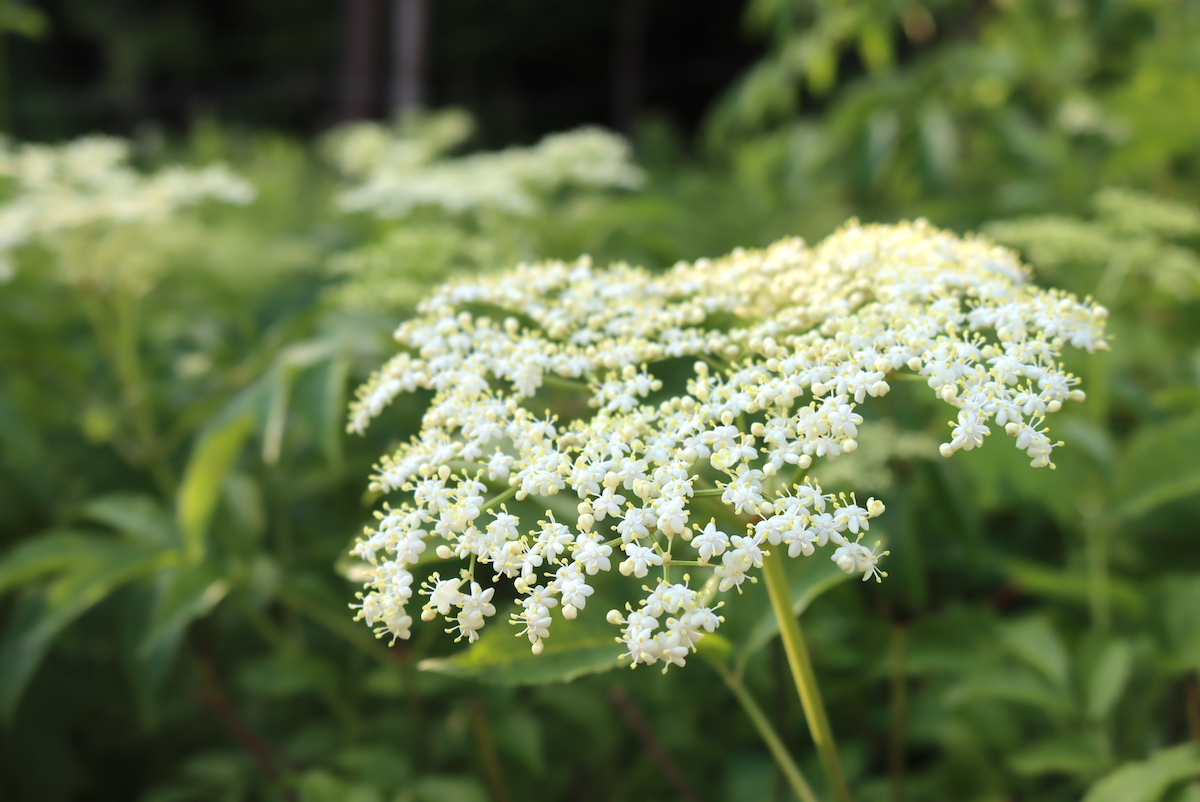
Jewelweed Salve
Jewelweed, which incidentally also goes by the name of Spotted Touch-Me-Not, is my favorite herb to use for a powerful anti-itch salve. Whether I’m hiking, camping, or simply gardening, I always have a tin of jewelweed salve on hand whenever there’s a looming possibility of bug bites or accidental poison ivy exposure.
Jewelweed is an herb that grows all over the United States and unless you live in the desert or any equally arid environment, there’s a good chance you’ll be able to find this plant growing nearby. If you do find a spot to forage jewelweed, always make sure the area hasn’t been sprayed with pesticides.
You can also plant jewelweed in your garden, if that’s an option. I get my seeds at a local company in Vermont called Earthbeat Seeds but any well-stocked website or store will have jewelweed seeds for sale.
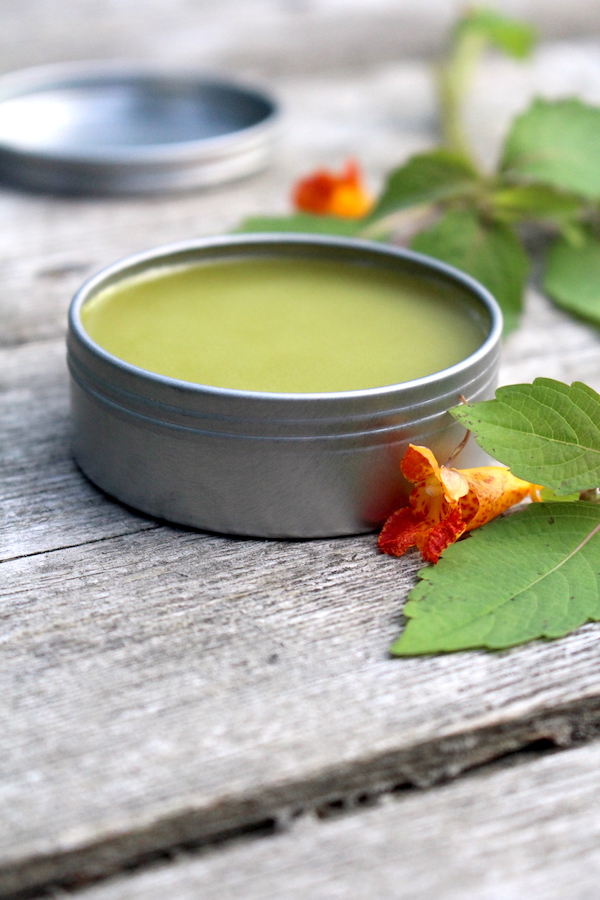
Lavender Salve
A staple scent in aromatherapy, lavender induces relaxation, sleepiness, and can soothe minor headaches when applied to the temples and wrists. As you can imagine, it also makes a calming addition to this homemade salve recipe, which uses dried lavender flowers to infuse the oil.
If you live in the Pacific Northwest or in warmer, arid states you should be able to grow lavender outside. There are almost 50 varieties of lavender, all of which have their own unique scent, color, growing hardiness, and flower shape. For the sweetest, most floral fragrance I like using this dried English lavender from Mountain Rose Herbs.
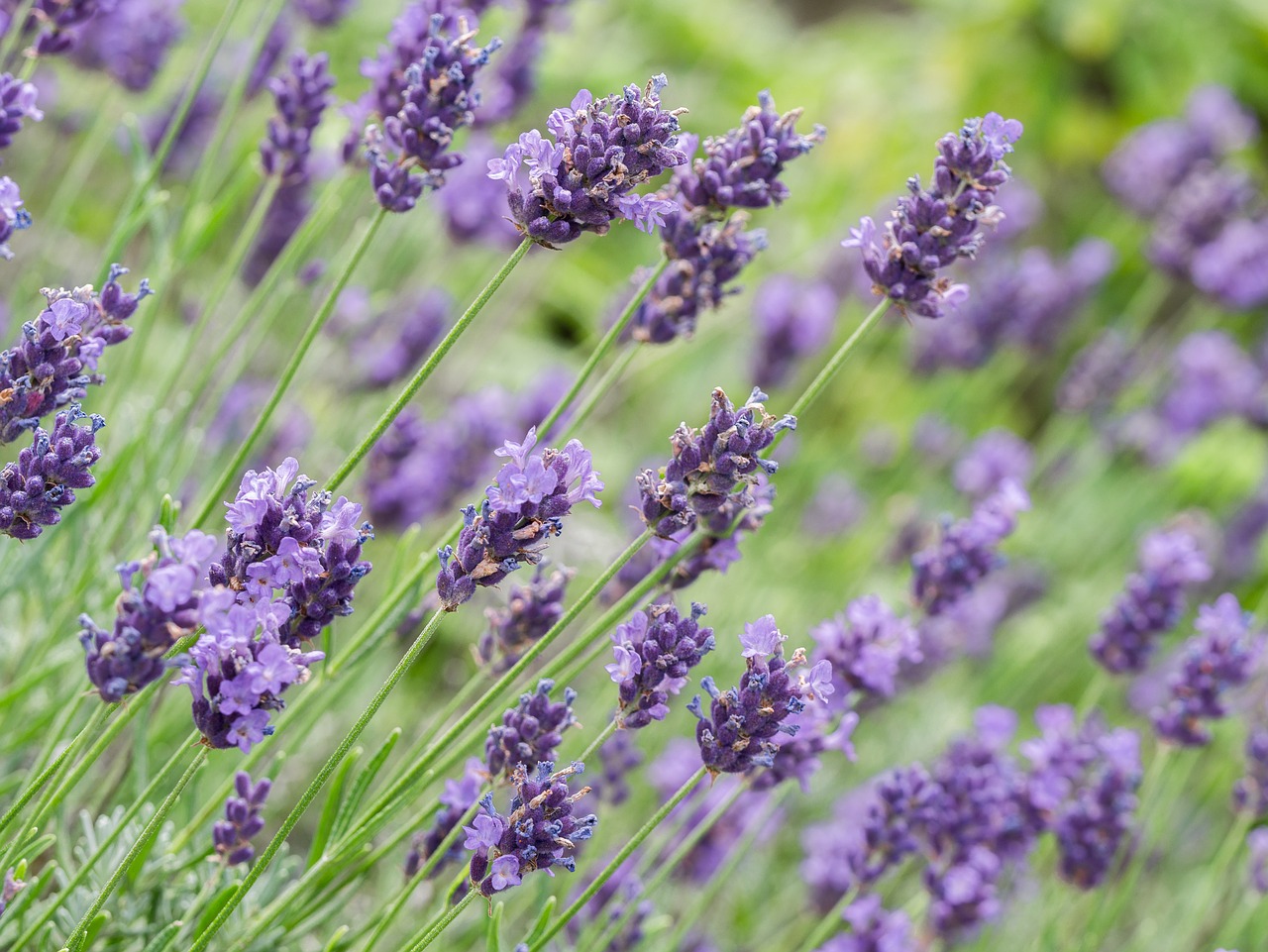
Lemon Balm Salve
With notes of citrus and mint, lemon balm makes an aromatic, healing addition to the salve recipe below. Lemon balm has antibacterial and anti-inflammatory compounds and is an effective home remedy for cuts, scrapes, itchy bug bites, and sore muscles.
This salve can be made with fresh or dried lemon balm leaves, it’s also quite easy to grow lemon balm at home if you have some extra space in the garden or in a sunny windowsill. Another advantage to growing your own lemon balm is that it’s a favorite for pollinators, especially honeybees!
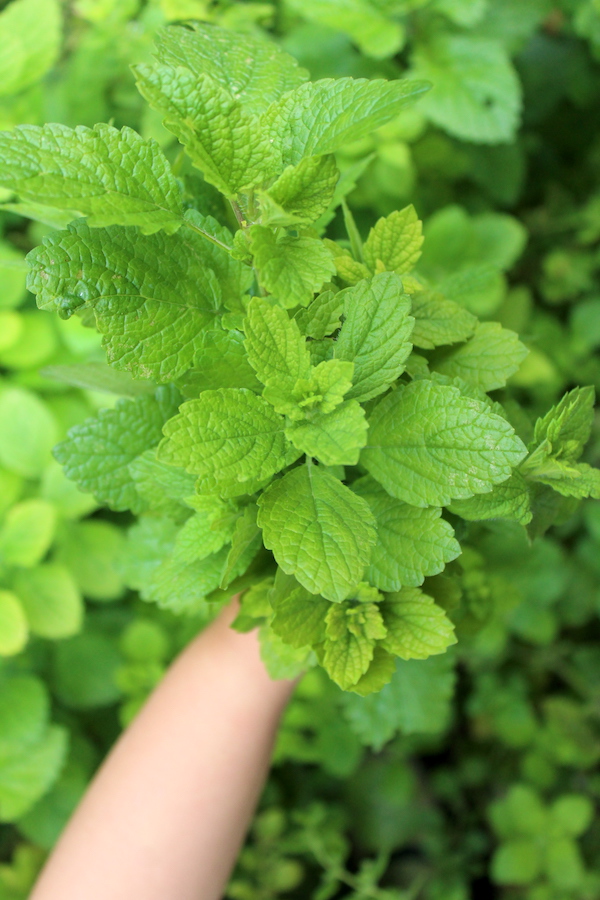
Mullein Salve
You’ll find three salve recipes at the link below, all of which take advantage of mullein’s many medicinal benefits. In one recipe, mullein is combined with eucalyptus and other warming essential oils to make a chest rub. In another, calendula and plantain are added to increase the natural anti-inflammatory and antibacterial properties of mullein.
Mullein is quite common and fairly easy to find. In fact, although mullein is considered an aggressive weed today, it has been used for thousands of years for its medicinal properties. If you’re interested in foraging for mullein, you’ll want to check out my guide to identifying and harvesting this versatile (and edible!) herb.
If you don’t have access to fresh mullein plant material, you can always order dried mullein leaf and mullein flowers online.
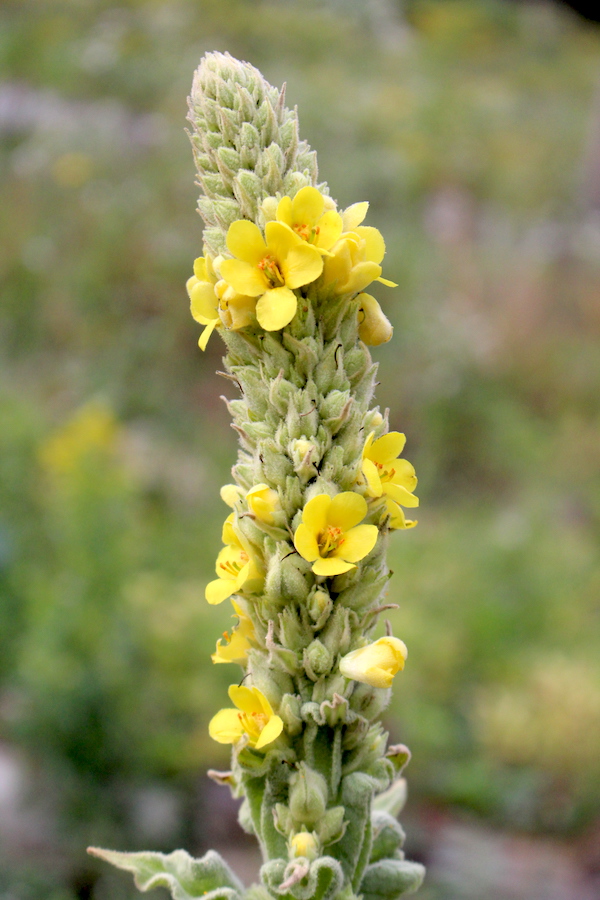
Peppermint Salve
Wake up your senses with a minty peppermint salve that has aromatherapy benefits as well as healing properties. Because of the menthol found in peppermint, this salve has a cooling effect on the skin. It’s especially good for bug bites, poison ivy, poison oak, and bee stings; simply reapply a couple of times over the course of the day for optimal results.
This recipe calls for fresh peppermint, but that’s unavailable you can substitute dried peppermint.
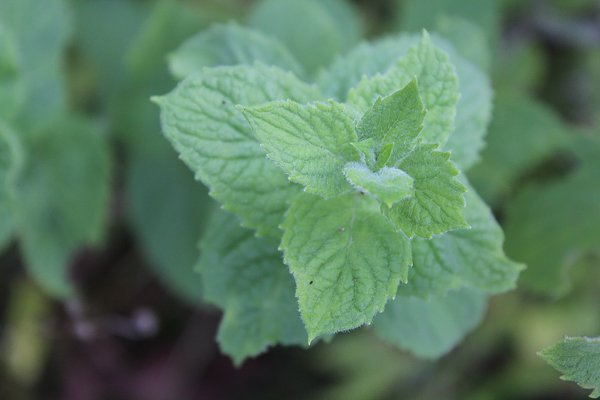
Pine Salve
Pine salve is what is known as a drawing salve, which means it can draw slivers and infections from the body. Pine salve increases circulation to specific areas of the body and provide relief from symptoms of arthritis. Pine is also an expectorant and helps clear loose phlegm from the lungs if it is rubbed into the chest area.
Pine salve is made from the resin of the pine tree that oozes from the bark from early spring until fall. Collecting the resin over the summer will give you ample material to make this salve—for every 1 cup of pure oleoresin called for you’ll need to render down 2-3 cups of fresh resin.
You can also collect resin from spruce trees to create a similar drawing salve with the same medicinal uses.

Plantain Salve
Plantain is sometimes referred to as “nature’s bandaid” because of its wide-ranging protection against itchy skin, bug bites, poison ivy, and dermatitis. Plantain salve can also be applied to minor bacterial or fungal infections thanks to its antimicrobial properties.
This salve recipe is made by infusing a gentle carrier oil with fresh or dried plantain leaves. Plantain is considered a common weed and it can be found growing abundantly all across North America.
If plantain is out of season or unavailable, you can purchase dried plantain leaves online.
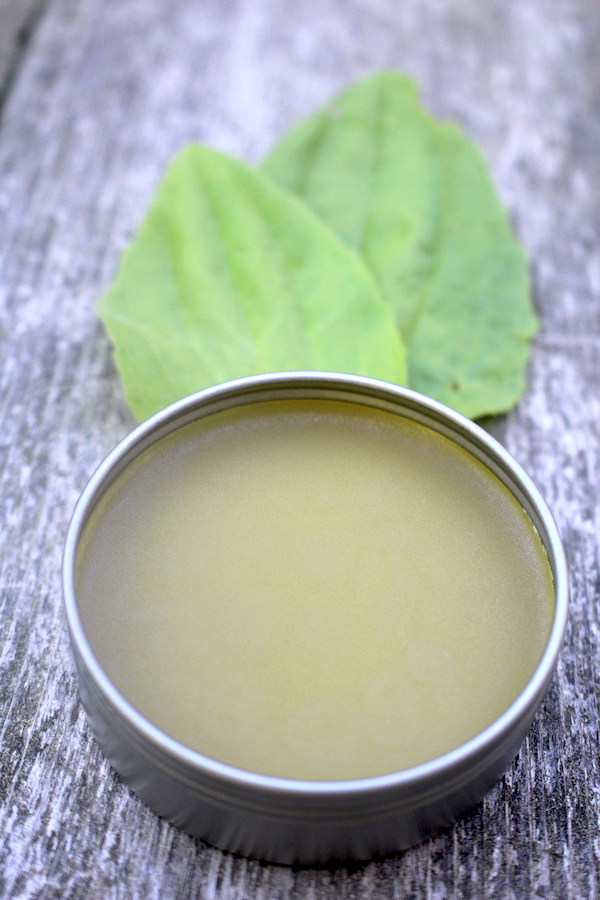
Purple Dead Nettle Salve
The delicate violet-hued flowers of the purple dead nettle plant form the base of this healing salve, which has anti-inflammatory, anti-fungal, and antibacterial properties. For best results, rub it into dry skin or over minor cuts and scratches.
Purple dead nettle is in the mint family and is fairly easy to find growing in the wild. It also doesn’t have any toxic look-alikes, making identifying purple dead nettle a good option for beginner foragers.
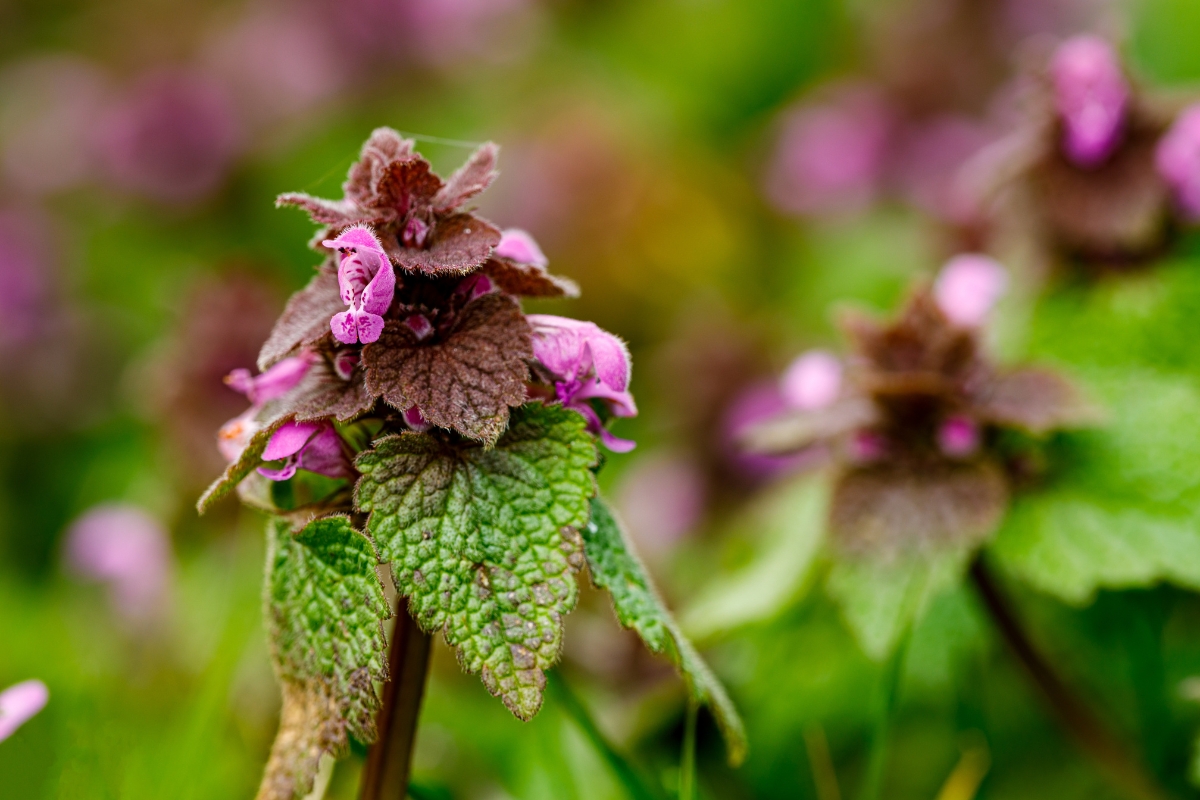
Rose Petal Salve
With its delicate floral aroma, rose petal salve always feels like a special treat when it’s applied to the skin. I like to use it as a general moisturizer, first making an ultra-hydrating base with rose petal-infused jojoba or coconut oil and then stirring in a small amount of rosehip seed oil to increase the salve’s skin soothing properties.
Rose petal salve can also be used to fade scars, stretch marks, age spots, and signs of sun damage. If you have eczema or psoriasis, this salve relieves itchiness almost immediately after it’s applied.
This salve is a perfect way to use freshly picked rose petals, especially if you have a rose bush in your garden or know of a spot where wild roses grow abundantly. If that’s not the case you can always order a shipment of beautiful dried pink rose petals delivered straight to your door.
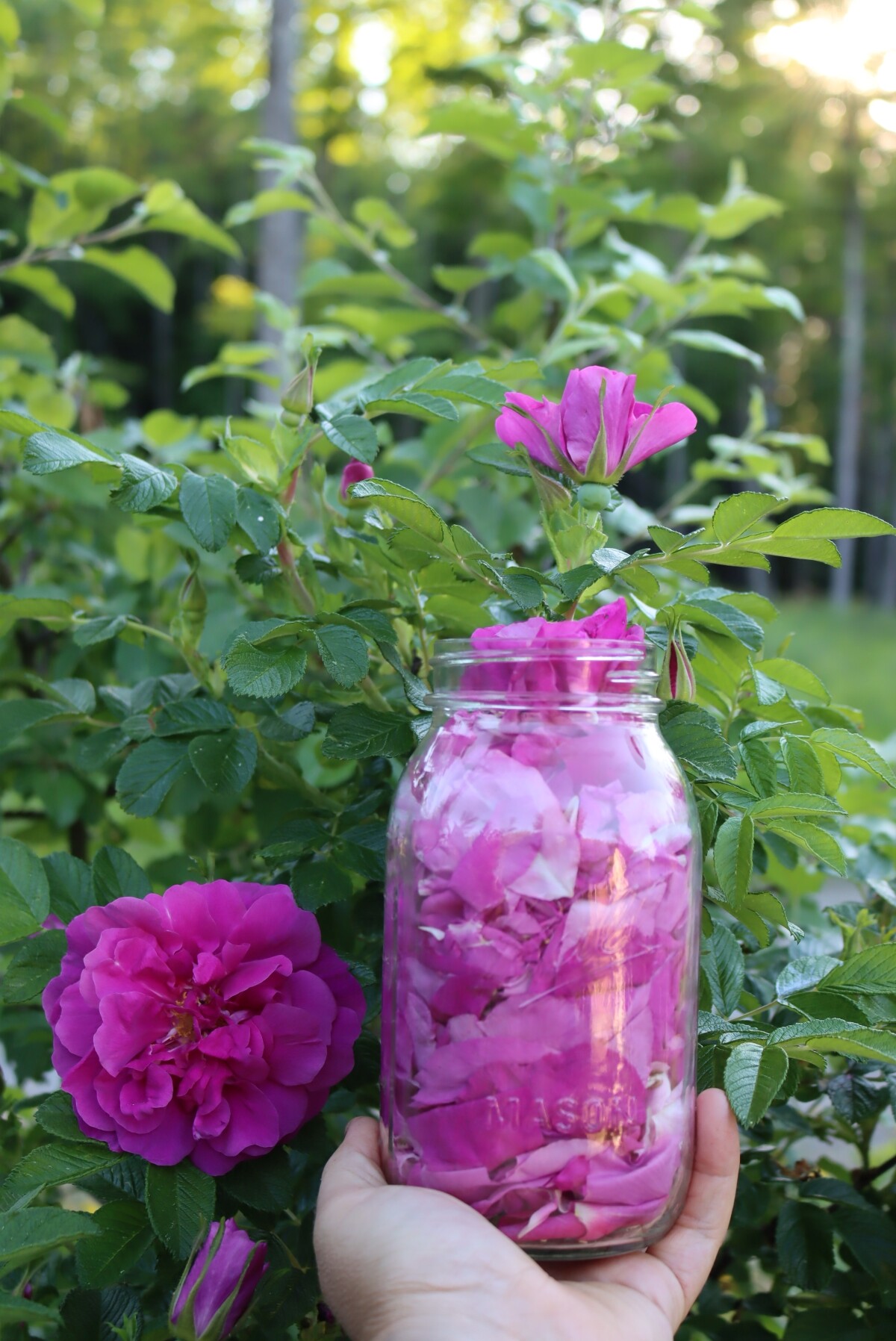
St. John’s Wort Salve
You may already be familiar with the mood boosting effects of St. John’s wort when taken orally, but you might be surprised to know it contains healing compounds that are beneficial to the skin, too. Salve made with St. John’s wort-infused oil encourages blood circulation, providing relief for sore muscles and joints.
The recipe below includes yarrow, clove, and cinnamon oil to increase the warming powers of this powerful little salve. To make your own St. John’s wort oil you’ll need fresh flowers, as St. John’s wort loses efficacy when dried. You can purchase ready made St. John’s Wort Infused oil made with fresh flowers instead, and that’s by far the best option for this homemade salve.
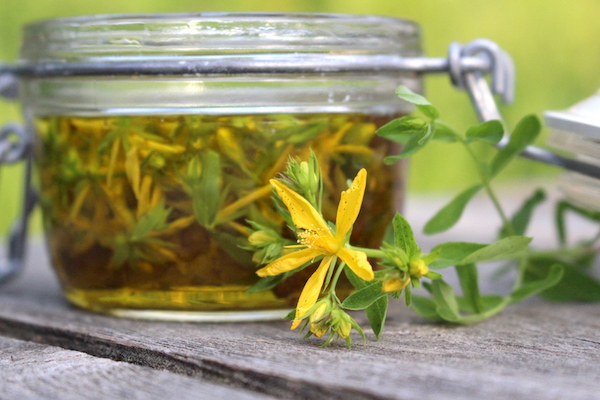
Turmeric Salve
Turmeric powder gives this glowing salve it’s vibrant orange shade (which transfers to the skin, but fades if it’s rubbed in all the way). If you have fresh turmeric root on hand, I’m sure the results could be replicated if the steeping time and the amount of turmeric used was increased.
This recipes also calls for the inclusion of cayenne pepper to increase the warming and circulatory benefits of the salve. The combination of turmeric and cayenne has minor analgesic properties and is effective at combating pain associated with rheumatoid arthritis and shingles.
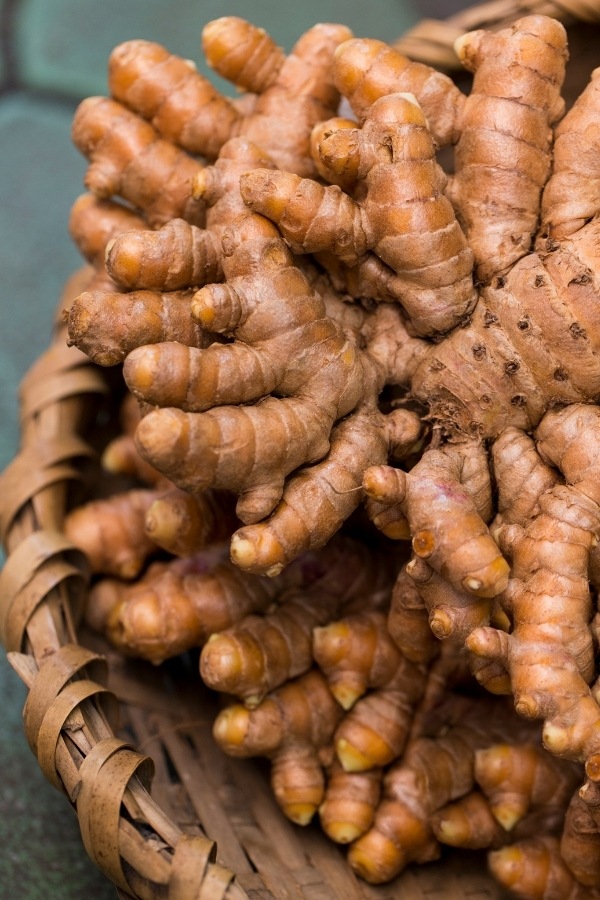
Yarrow Salve
A powerful herbal remedy with a wide variety of uses, yarrow grows in the wild all across the United States and is readily available to foragers and home gardeners alike. If you decide to harvest wild yarrow as a forager, go read my guide to identifying and gathering this plant. Poison hemlock happens to be a look-alike and you should be aware of the differences before picking yarrow.
Yarrow salve has been used to treat minor topical injuries such as cuts, scraps, and burns for thousands of years. The leaves have anti-inflammatory, anti-itching, antibacterial, and blood coagulating properties and I always have a tin of yarrow salve handy when I’m camping and hiking.
If fresh yarrow leaves aren’t available or you’d prefer to get right to making the salve, you can order dried leaves and flowers online.
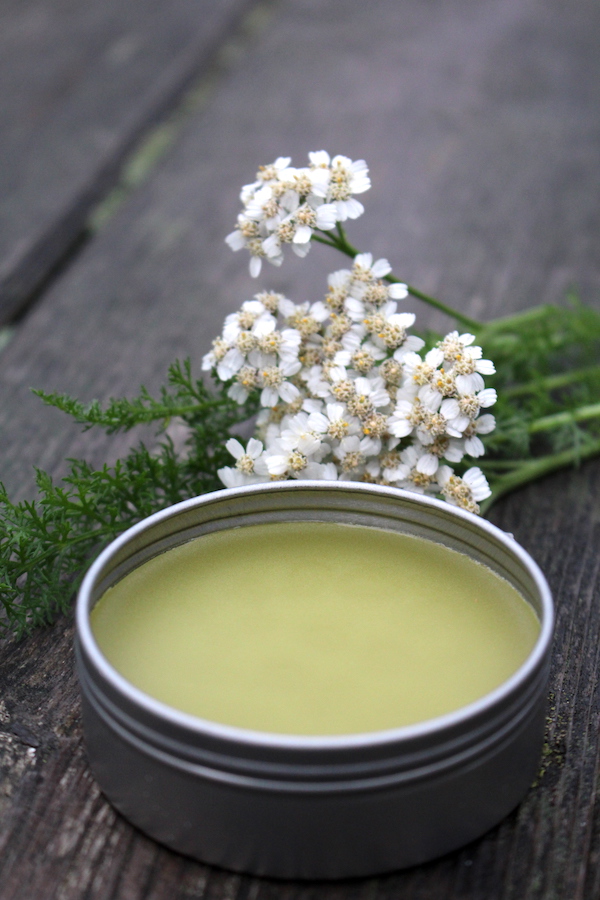
Herbal Guides
Looking for more herbal guides to stock your apothecary?
- 100+ Medicinal Plants (and How to Use Them)
- 20+ Immune Boosting Herbs
- 20+ Herbal Preparations for Herbal Medicine Making
- 18+ Herbal Remedies Anyone Can Make at Home
- 16+ Medicinal Trees for Your Herbal Medicine Chest
Herbal Medicine-Making Tutorials
These tutorials will show you how to make more than just herbal salves!
- How to Make Herbal Tinctures
- How to Make Herbal Salves
- How to Make a Herbal Oxymel
- Homemade Herbal Shampoo
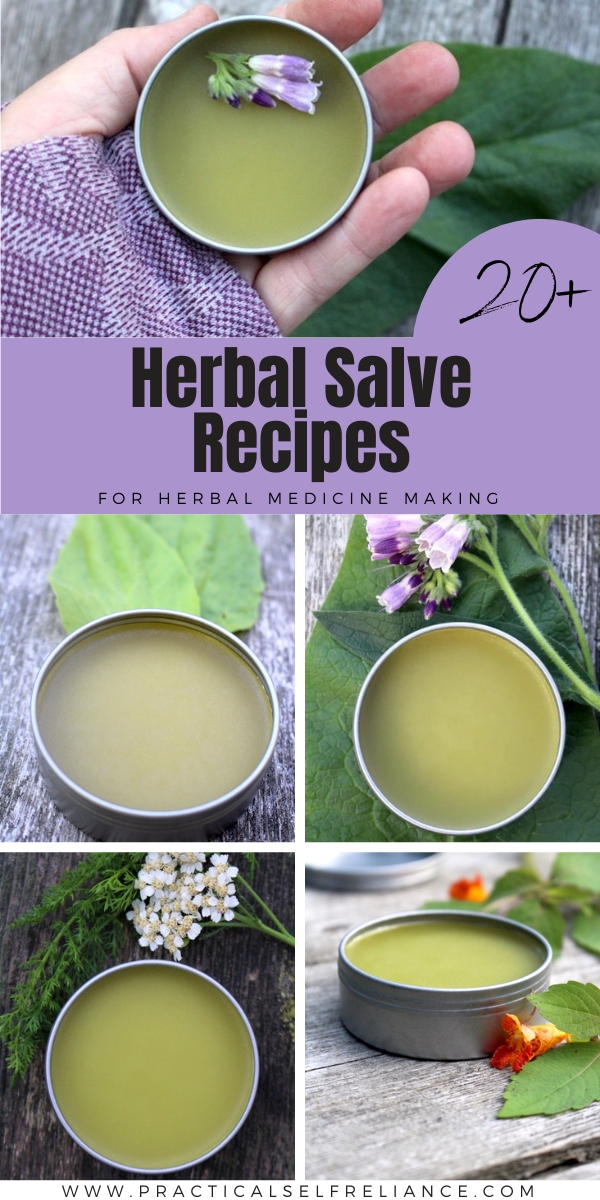
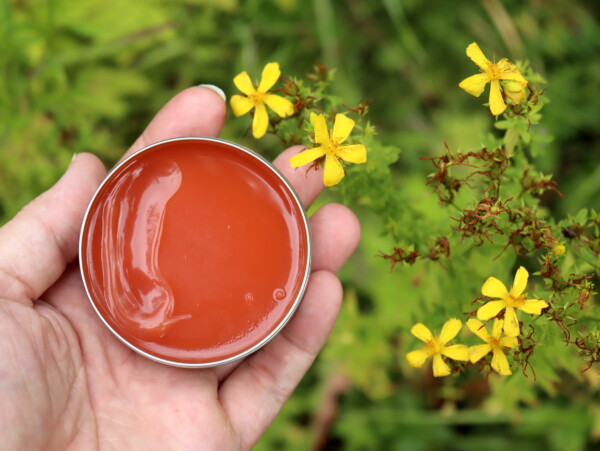
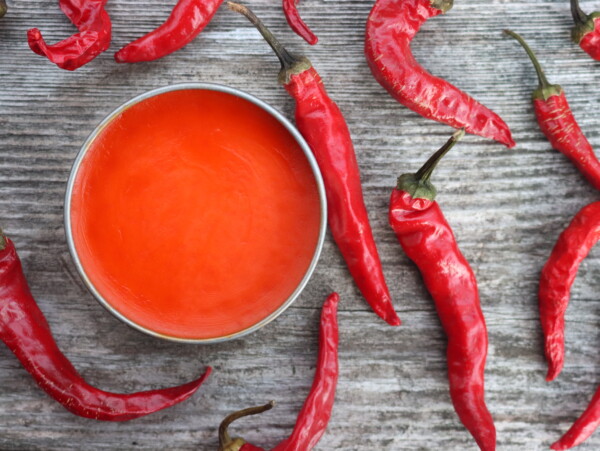
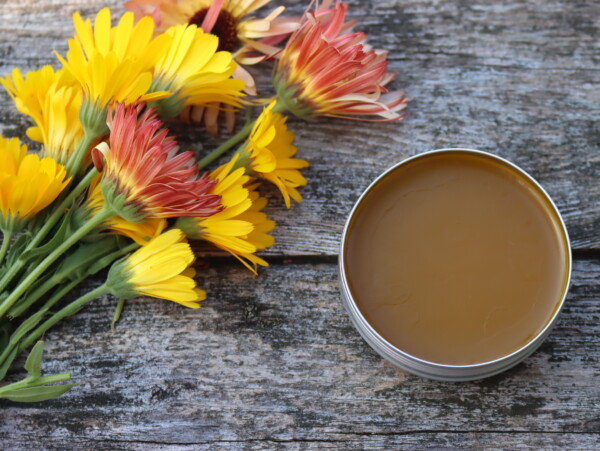
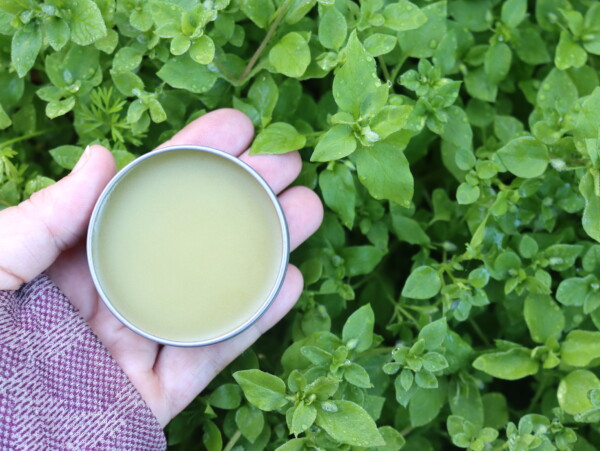










I have a small jar of ‘unguentum majoranae’ salve. that was given to my bry my grandmother some years ago.
I believe it was purchase in Poland,
I am wondering what the main use of this herb is for, and I cna;t seem to find anything online to provide an answer.
Thank you for whatever information you can provide.
Best Blessings,
Dawn La Rue
I did a quick internet search for “unguentum majoranae” and it looks like it is commonly used for inflammation of the nasal mucosa membranes.
Hi there. I was told mountain misery Sal is good for poison oak. Have you heard that?
Did you mean to say mountain misery salve? That is a plant that I am not personally familiar with.